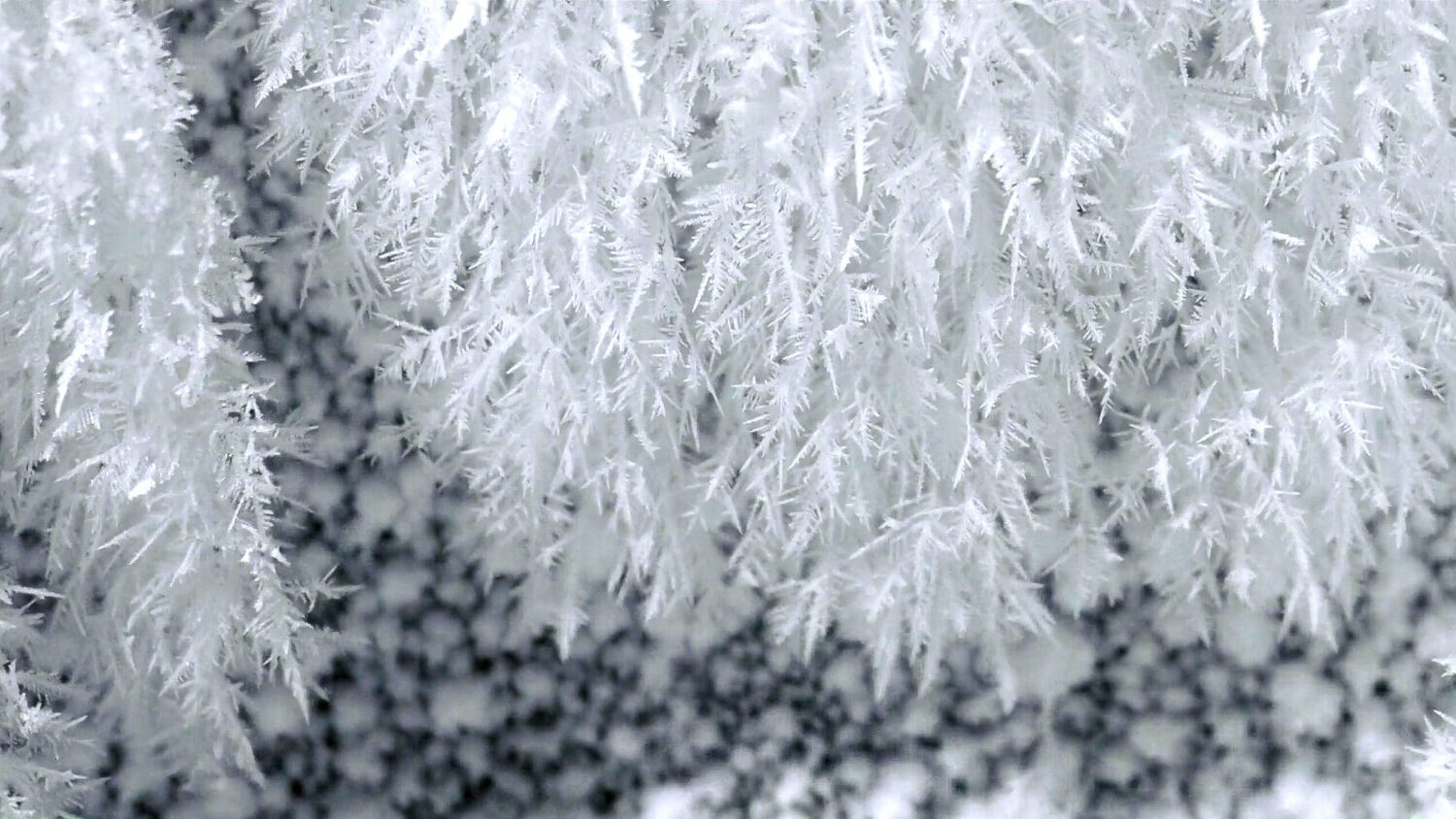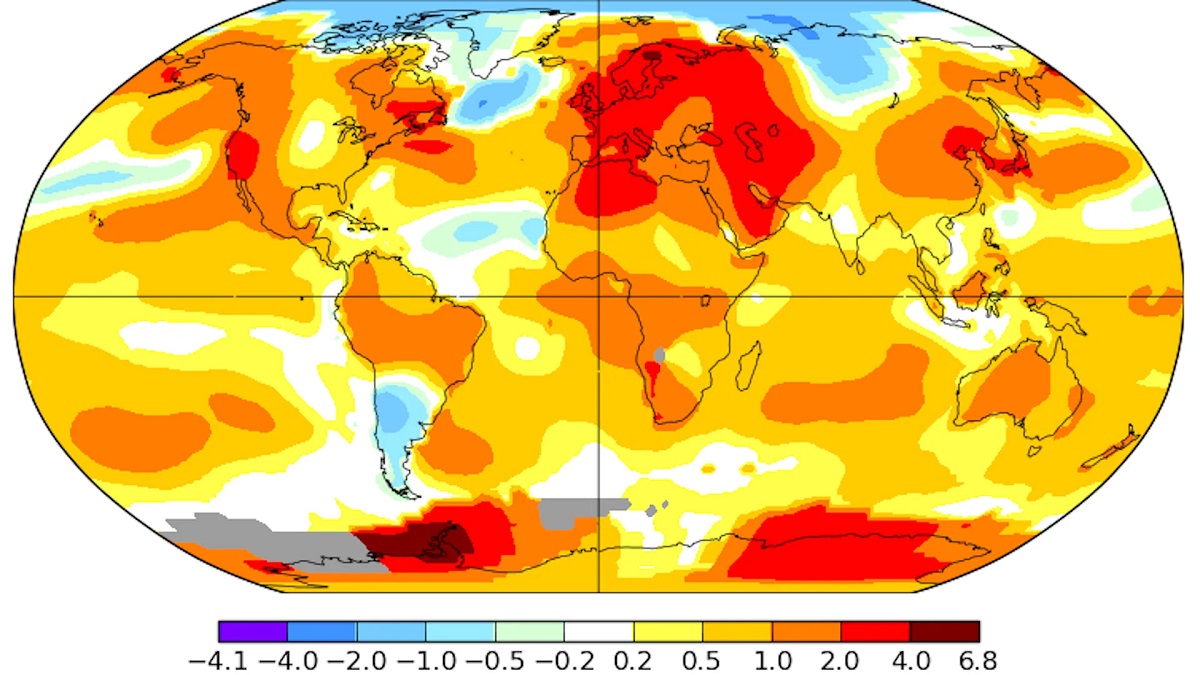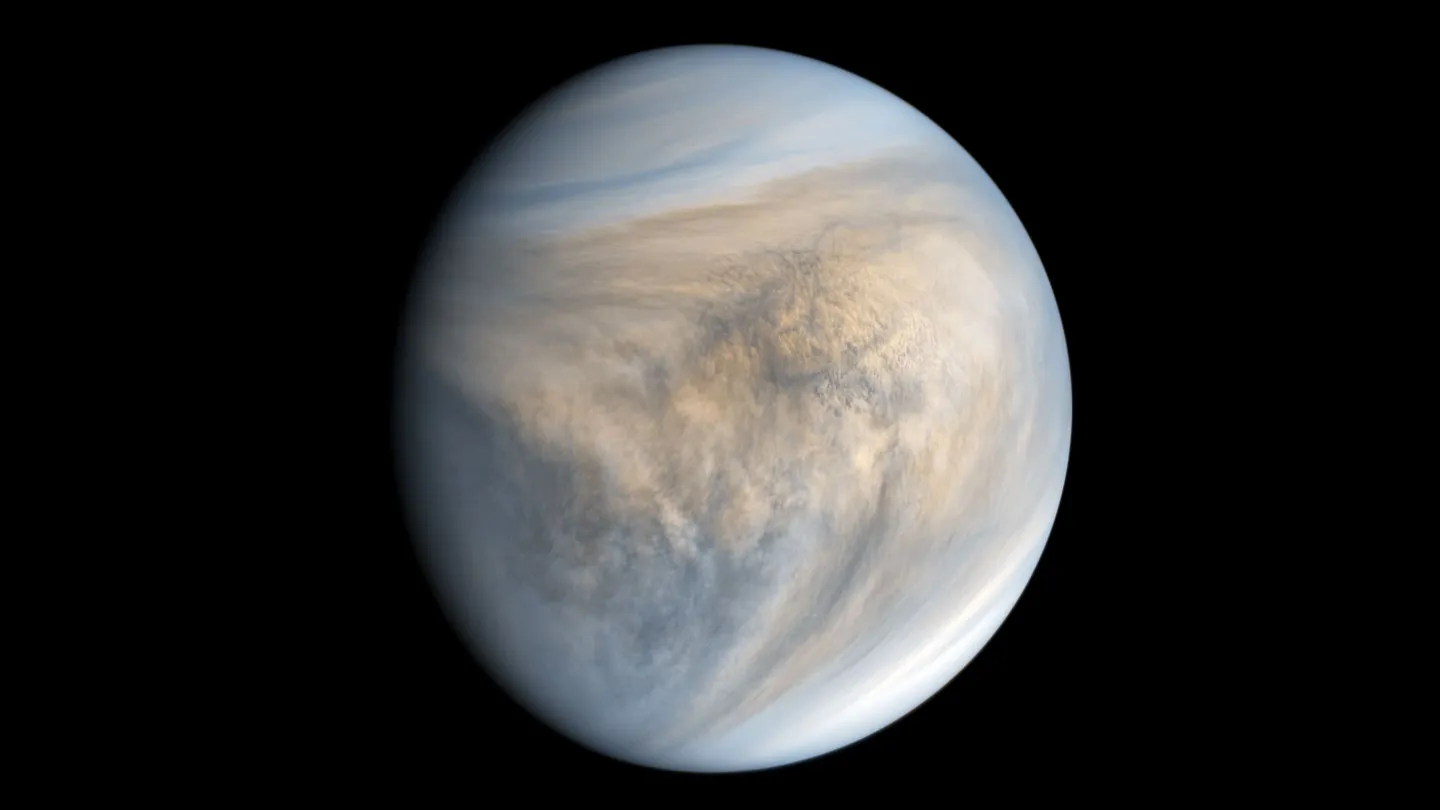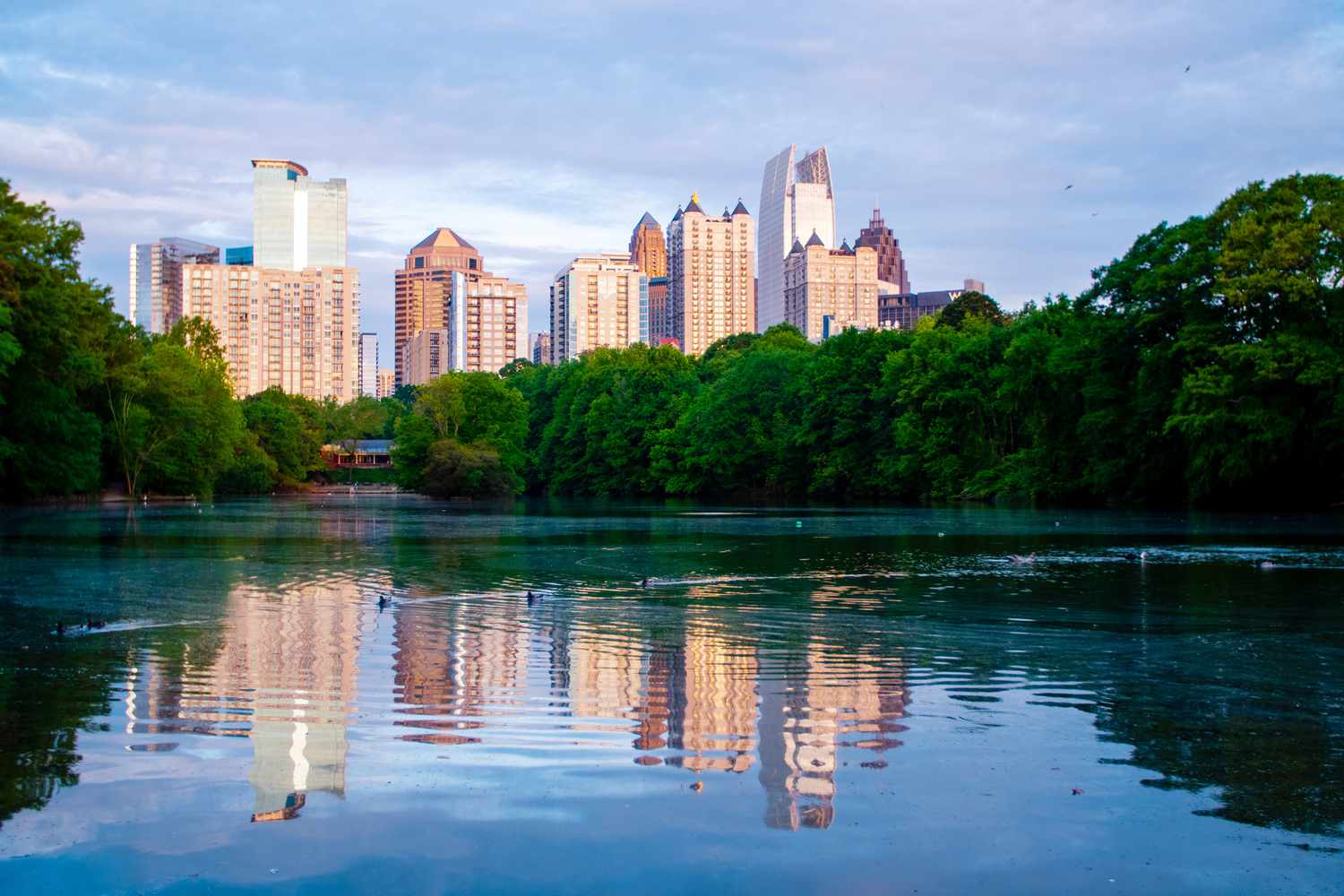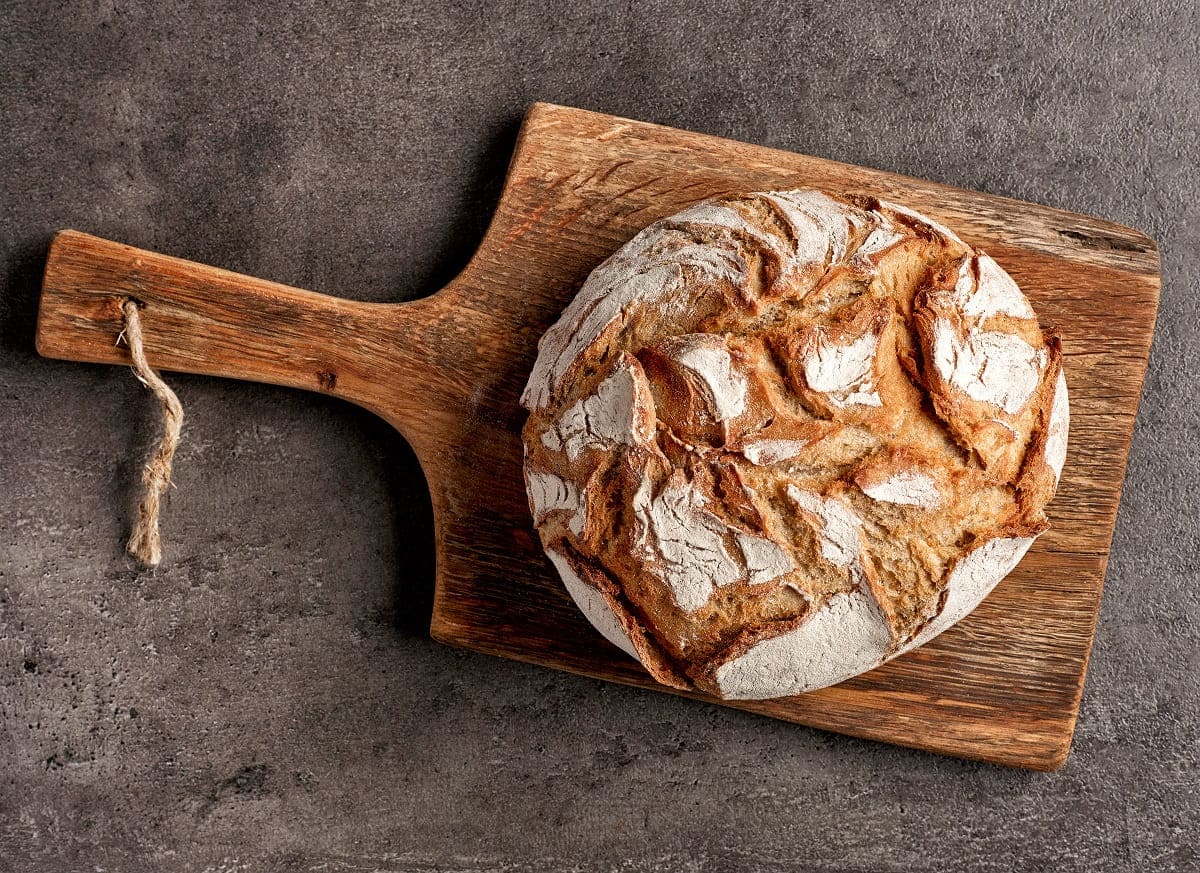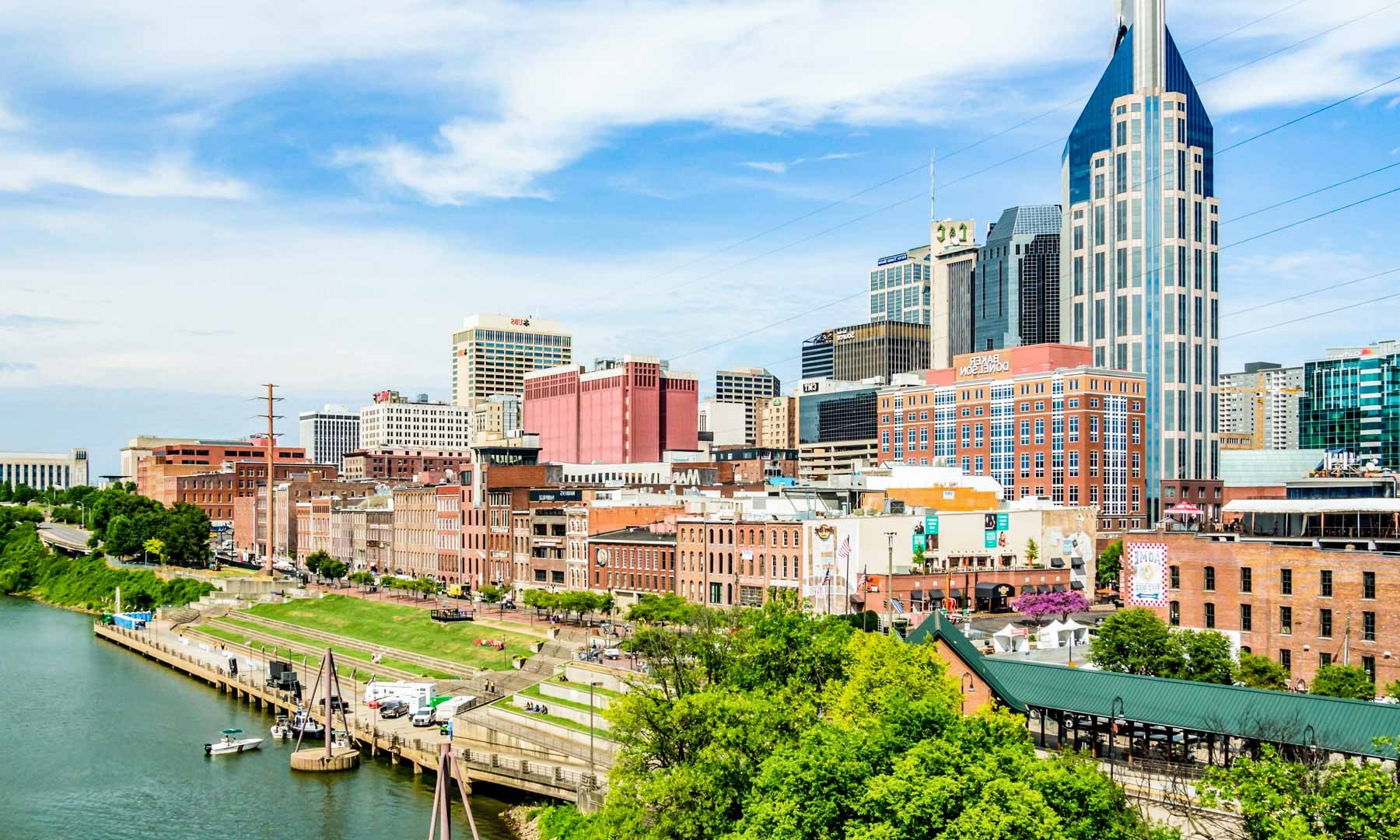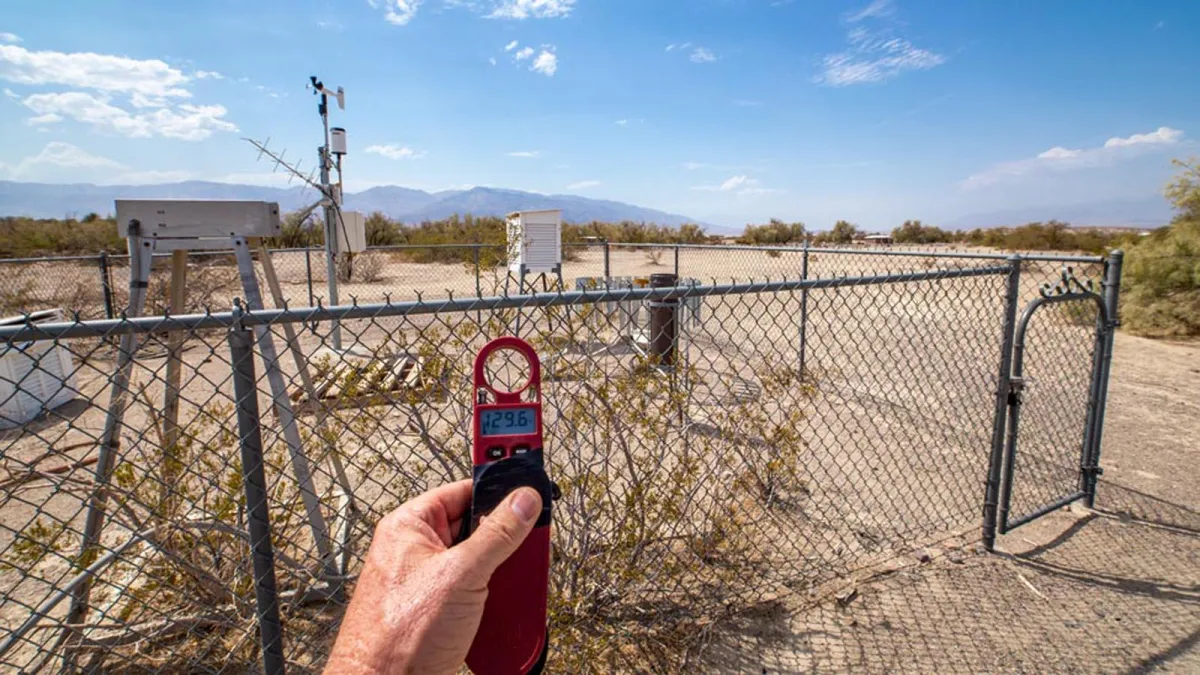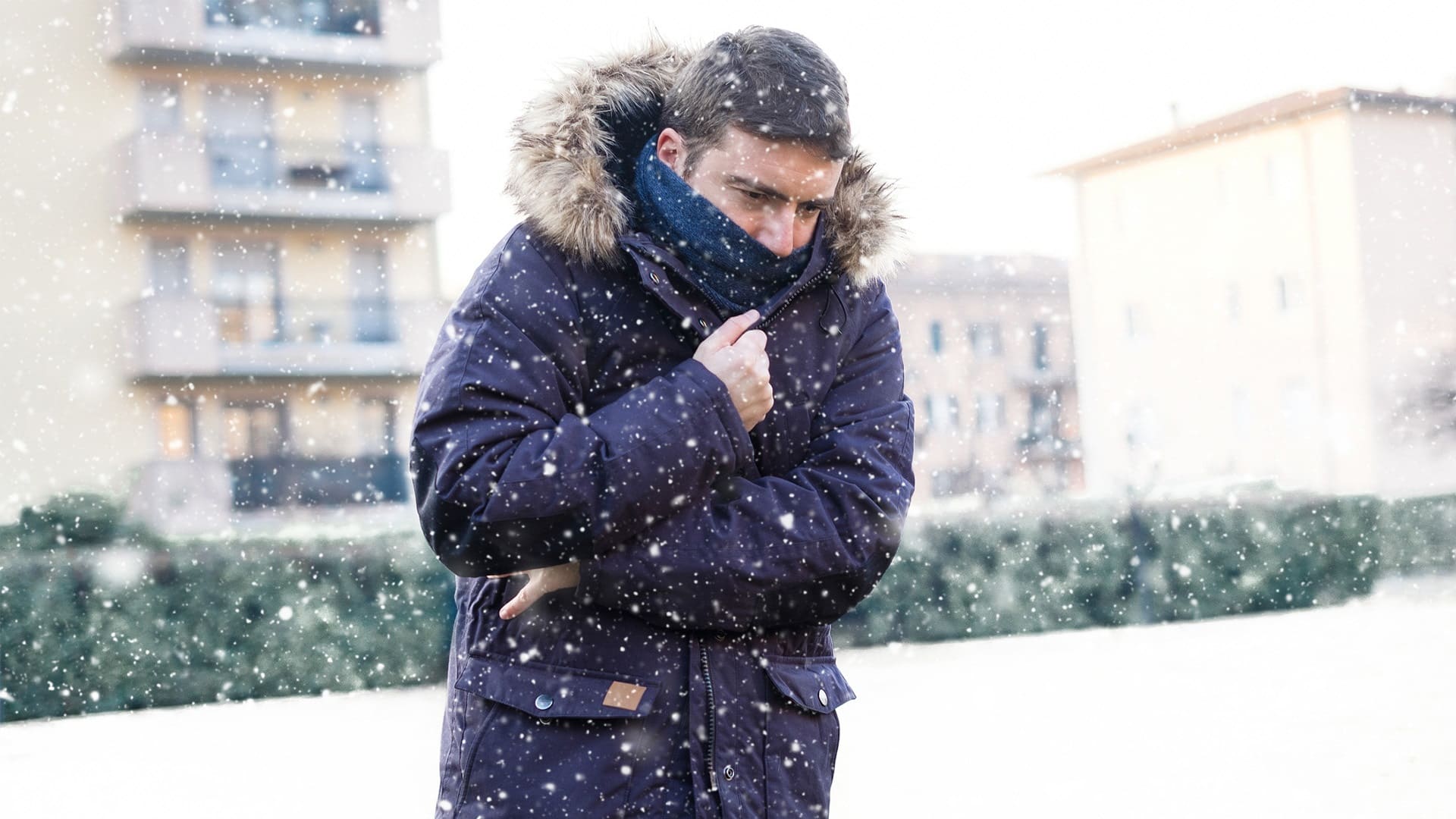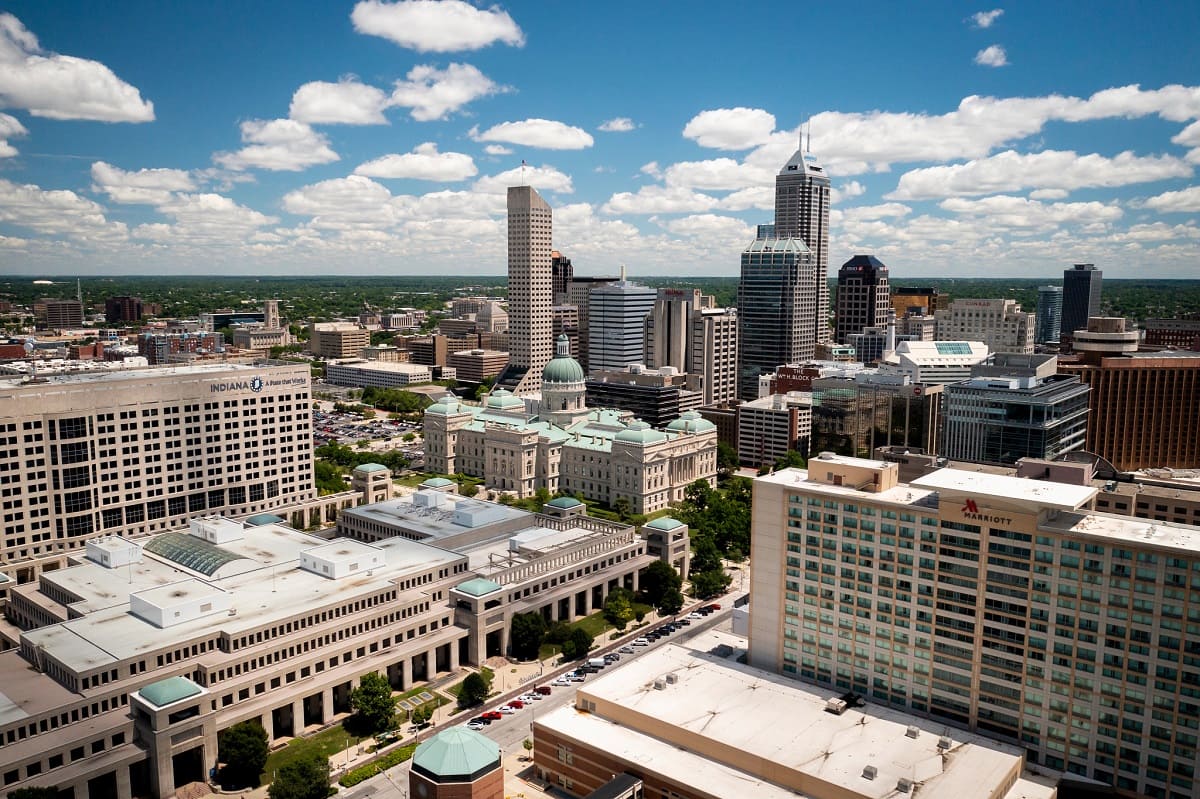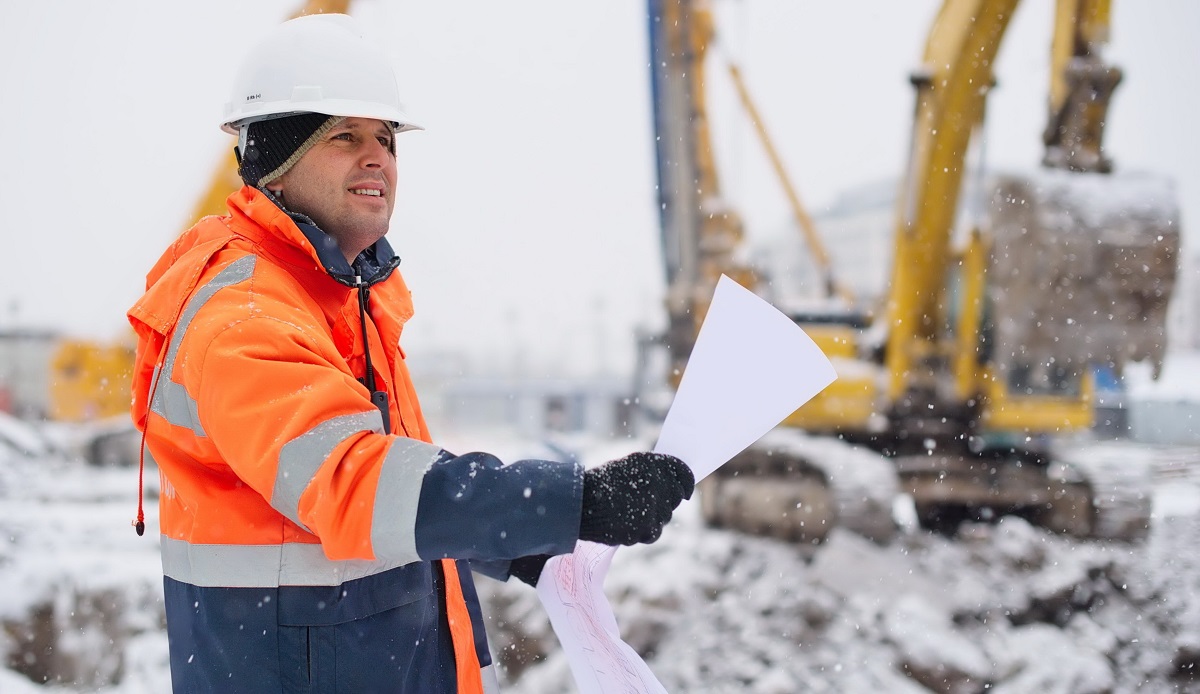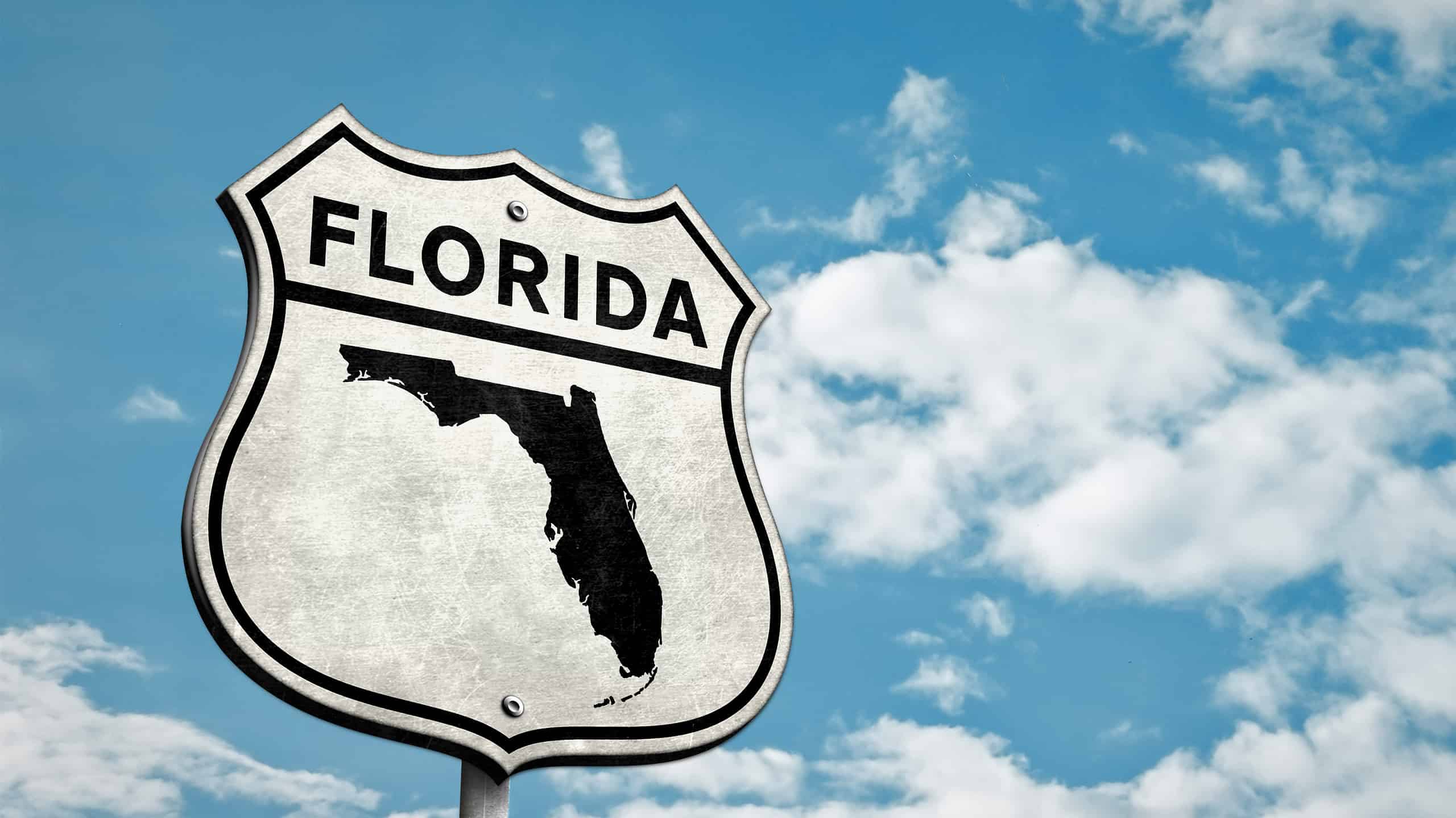Home>Culinary & Beverages>The Temperature At Which Sugar Burns
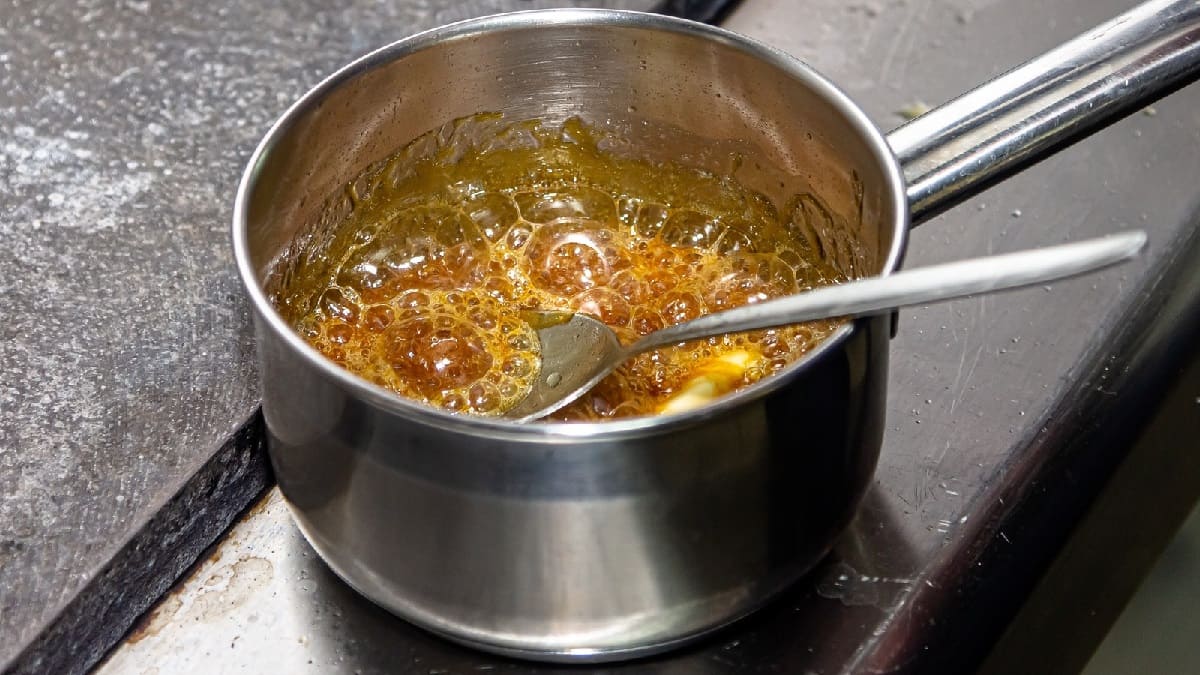

Culinary & Beverages
The Temperature At Which Sugar Burns
Published: February 21, 2024
Discover the ideal temperature for caramelizing sugar and creating delectable culinary and beverage masterpieces. Explore the science behind sugar burning.
(Many of the links in this article redirect to a specific reviewed product. Your purchase of these products through affiliate links helps to generate commission for Temperatures.com, at no extra cost. Learn more)
Table of Contents
Introduction
The temperature at which sugar burns is a fascinating aspect of culinary science that impacts various cooking techniques and confectionery processes. Understanding the precise temperature at which sugar ignites and undergoes combustion is crucial for achieving the desired results in caramelization, candy making, and other culinary endeavors. This article delves into the chemical reaction of sugar combustion, explores the factors influencing the temperature of sugar burning, discusses the practical applications of this knowledge, and provides essential safety precautions for handling burning sugar.
The phenomenon of sugar combustion is not only a matter of scientific curiosity but also a practical consideration for chefs, bakers, and confectioners. By comprehending the intricacies of sugar combustion, culinary professionals can master the art of caramelizing sugar to create luscious desserts, such as crème brûlée and caramelized fruits. Moreover, this knowledge is indispensable for producing a wide array of candies, from delicate toffees to crunchy brittles, each requiring precise control of the sugar's temperature during the cooking process.
Delving into the temperature at which sugar burns also sheds light on the chemical transformations that occur during this process. This understanding is invaluable for achieving the desired flavors and textures in various culinary creations. Furthermore, it enables cooks and bakers to harness the Maillard reaction, a complex interplay of sugars and amino acids that gives rise to the enticing aromas and rich colors characteristic of well-caramelized foods.
In the subsequent sections, we will explore the chemical reaction of sugar combustion, elucidate the factors influencing the temperature of sugar burning, and highlight the practical applications of this knowledge in the culinary realm. Additionally, we will emphasize the importance of adhering to safety precautions when handling burning sugar, ensuring that culinary enthusiasts can experiment with this fascinating process in a secure and controlled manner.
Read more: The Temperature At Which Mosquitoes Perish
The Chemical Reaction of Sugar Combustion
When sugar is subjected to high temperatures, it undergoes a captivating chemical transformation known as combustion. This process involves the rapid oxidation of sugar molecules, resulting in the release of heat and the formation of various byproducts. The combustion of sugar is a complex series of reactions that can be elucidated by examining the molecular structure of sucrose, the most common form of sugar used in culinary applications.
Sucrose, a disaccharide composed of glucose and fructose units, possesses a crystalline structure that undergoes profound changes when exposed to heat. As the temperature rises, the molecular bonds within the sucrose molecules begin to break, leading to the formation of simpler compounds. At approximately 320°F (160°C), the sucrose molecules decompose into glucose and fructose through a process known as thermal decomposition. This breakdown of sucrose is accompanied by the release of water vapor and the characteristic caramel aroma, marking the initial stages of sugar combustion.
As the temperature continues to climb, the glucose and fructose molecules undergo further transformations, giving rise to a medley of volatile compounds that contribute to the rich flavors and enticing aromas associated with caramelization. The Maillard reaction, a complex interplay between reducing sugars and amino acids, also comes into play during sugar combustion, leading to the formation of melanoidins, which impart a deep brown color and complex flavors to the caramelized sugar.
The culmination of sugar combustion is the production of carbon, which manifests as dark, carbonized residues when the sugar is subjected to excessively high temperatures. This carbonization process is a result of incomplete combustion, where the sugar molecules are not entirely oxidized, leading to the formation of charred remnants.
Understanding the chemical reaction of sugar combustion is pivotal for culinary professionals seeking to master the art of caramelization and confectionery. By comprehending the intricate changes that occur as sugar undergoes combustion, chefs and bakers can harness this knowledge to create an array of delectable treats, from golden caramel sauces to crunchy caramelized nuts. Moreover, this understanding enables culinary enthusiasts to experiment with different heating techniques and sugar varieties to achieve the desired flavors and textures in their culinary creations.
In essence, the chemical reaction of sugar combustion is a captivating interplay of molecular transformations that underpins the art of caramelization and candy making, offering a wealth of opportunities for culinary exploration and innovation.
Factors Affecting the Temperature of Sugar Burning
The temperature at which sugar undergoes combustion is influenced by a myriad of factors, each playing a crucial role in determining the precise conditions required for this captivating chemical transformation to occur. Understanding these factors is essential for culinary professionals seeking to master the art of caramelization and confectionery, as it empowers them to exercise precise control over the sugar's behavior during the cooking process.
-
Type of Sugar: Different types of sugar exhibit varying combustion temperatures due to variations in their chemical composition and crystalline structure. For instance, granulated sugar, also known as sucrose, typically undergoes combustion at around 320°F (160°C), leading to the formation of caramel. In contrast, other sugars such as glucose and fructose may combust at different temperatures, influencing the flavors and textures achieved during the caramelization process.
-
Presence of Water: The presence of water in the sugar significantly affects the temperature at which combustion occurs. When sugar is heated, the water content evaporates, allowing the sugar molecules to reach higher temperatures before undergoing combustion. This phenomenon is particularly relevant in candy making, where precise control over the sugar's moisture content is essential for achieving the desired texture and consistency in the final product.
-
Acidity: The acidity of the sugar or the presence of acidic ingredients in the cooking environment can impact the temperature at which combustion occurs. Acidic substances can catalyze the decomposition of sugar, leading to a lower combustion temperature and influencing the flavors and colors developed during caramelization.
-
Heating Rate: The rate at which the sugar is heated plays a pivotal role in determining the temperature at which combustion occurs. Gradual heating allows the sugar molecules to undergo gradual transformations, leading to the development of complex flavors and aromas associated with caramelization. Conversely, rapid heating may lead to abrupt combustion, affecting the overall quality of the caramelized product.
-
Pressure: While not a commonly manipulated factor in culinary settings, pressure can influence the temperature at which sugar undergoes combustion. Changes in pressure can alter the boiling point of water, affecting the evaporation of moisture from the sugar and consequently impacting the combustion temperature.
By considering these factors, culinary professionals can refine their techniques and achieve precise control over the temperature at which sugar undergoes combustion, unlocking a world of culinary possibilities and elevating the art of caramelization to new heights.
Applications of Understanding Sugar Combustion Temperature
Understanding the temperature at which sugar undergoes combustion holds profound implications for a myriad of culinary applications, ranging from the art of caramelization to the production of an array of confectionery delights. This knowledge serves as a cornerstone for chefs, bakers, and confectioners, empowering them to harness the transformative power of sugar combustion in diverse culinary endeavors.
One of the primary applications of comprehending sugar combustion temperature lies in the art of caramelization. By precisely controlling the temperature at which sugar undergoes combustion, culinary professionals can craft an extensive range of caramelized delicacies, from sumptuous caramel sauces to decadent crème brûlée. The ability to manipulate the combustion temperature enables chefs to achieve a spectrum of caramel flavors, ranging from delicate and floral to rich and robust, thereby enhancing the depth and complexity of their culinary creations.
Furthermore, the understanding of sugar combustion temperature is indispensable in candy making, where the precise control of sugar caramelization is paramount. By carefully modulating the combustion temperature, confectioners can produce an assortment of candies, each characterized by its unique texture, color, and flavor profile. From velvety soft caramels to crystalline brittle, the mastery of sugar combustion temperature enables confectioners to craft an array of confections that delight the palate and captivate the senses.
Moreover, this knowledge finds practical applications in the production of baked goods, where caramelized sugars contribute to the development of enticing flavors and appealing textures. By adeptly manipulating the combustion temperature, bakers can infuse their pastries, breads, and desserts with the alluring aromas and delectable nuances characteristic of well-caramelized sugars, elevating the sensory experience of their baked creations.
Beyond the realm of traditional culinary arts, the understanding of sugar combustion temperature also extends to the domain of molecular gastronomy, where innovative chefs leverage this knowledge to push the boundaries of flavor and texture manipulation. By exploring novel heating techniques and precise temperature control, culinary pioneers can create avant-garde dishes that showcase the diverse facets of sugar combustion, offering diners a sensorial journey that transcends conventional culinary boundaries.
In essence, the applications of understanding sugar combustion temperature are multifaceted and far-reaching, permeating various facets of culinary arts and confectionery craftsmanship. This knowledge serves as a catalyst for culinary innovation, enabling chefs and confectioners to unlock the full potential of sugar combustion and elevate their creations to unprecedented levels of sensory delight and gastronomic excellence.
Safety Precautions for Handling Burning Sugar
When working with burning sugar, it is crucial to prioritize safety to prevent accidents and ensure a secure culinary environment. The high temperatures involved in sugar combustion pose potential hazards, necessitating the implementation of stringent safety precautions. Here are essential safety measures to consider when handling burning sugar:
-
Protective Attire: Wear appropriate protective attire, including heat-resistant gloves and long sleeves, to shield the skin from potential splatters and burns. Additionally, the use of safety goggles can safeguard the eyes from any hot sugar splashes.
-
Adequate Ventilation: Ensure proper ventilation in the cooking area to disperse any fumes generated during the sugar combustion process. Adequate airflow minimizes the risk of inhaling potentially harmful vapors and promotes a safe working environment.
-
Fire Safety Equipment: Have fire safety equipment readily accessible, such as a fire extinguisher or a fire blanket, to swiftly address any unexpected flare-ups or ignition of the sugar. Being prepared to handle fire-related incidents is essential for mitigating potential risks.
-
Caution with Hot Utensils: Exercise caution when handling hot utensils or cookware used in the sugar combustion process. Use heat-resistant tools and avoid direct contact with hot surfaces to prevent burns and injuries.
-
Avoid Moisture: Refrain from introducing moisture to the hot sugar, as it can cause violent reactions and splattering. Keep all utensils and surfaces dry to minimize the risk of steam-related accidents.
-
Safe Work Surface: Ensure that the work surface is stable and heat-resistant to prevent accidental spills or tipping of hot sugar. A secure work area minimizes the likelihood of mishaps during the sugar combustion process.
-
Cautious Handling of Hot Sugar: Exercise extreme caution when working with hot sugar, as it can cause severe burns upon contact with the skin. Avoid sudden movements and handle the hot sugar with precision and care.
-
First Aid Preparedness: Familiarize yourself with basic first aid procedures for treating burns and have a well-equipped first aid kit readily available in the cooking area. Prompt and appropriate first aid can mitigate the impact of any accidental burns.
By adhering to these safety precautions, culinary enthusiasts can engage in the captivating process of sugar combustion with confidence, ensuring a secure and controlled environment for exploring the art of caramelization and confectionery crafting. Prioritizing safety not only mitigates potential risks but also fosters a conducive setting for culinary creativity and experimentation.
Read more: The Temperature At Which Water Freezes
Conclusion
The temperature at which sugar undergoes combustion is a pivotal aspect of culinary science, influencing a myriad of cooking techniques and confectionery processes. This captivating phenomenon, rooted in the intricate chemical reactions of sugar molecules when exposed to heat, holds profound implications for chefs, bakers, and confectioners seeking to master the art of caramelization and elevate their culinary creations to new heights.
By delving into the chemical intricacies of sugar combustion, culinary professionals gain a deeper understanding of the transformative power of heat on sugar molecules. The process of thermal decomposition, leading to the formation of glucose and fructose, sets the stage for a cascade of reactions that give rise to the rich flavors, enticing aromas, and captivating colors characteristic of well-caramelized sugars. The Maillard reaction, a complex interplay of sugars and amino acids, further contributes to the depth and complexity of caramelization, offering a myriad of sensory delights for culinary enthusiasts to explore.
Moreover, the factors influencing the temperature of sugar burning, including the type of sugar, presence of water, acidity, heating rate, and pressure, provide culinary professionals with a nuanced understanding of the precise conditions required for achieving optimal caramelization. This knowledge empowers chefs and confectioners to exercise precise control over the combustion temperature, unlocking a world of culinary possibilities and enabling the creation of an array of delectable treats, from sumptuous caramel sauces to crystalline brittle confections.
The practical applications of understanding sugar combustion temperature extend across various culinary domains, from traditional caramelization techniques to avant-garde molecular gastronomy. This knowledge serves as a catalyst for culinary innovation, enabling chefs and confectioners to push the boundaries of flavor and texture manipulation, creating sensory experiences that transcend conventional culinary boundaries.
Furthermore, prioritizing safety when handling burning sugar is paramount, ensuring a secure and controlled environment for culinary exploration. By implementing essential safety precautions, culinary enthusiasts can engage in the captivating process of sugar combustion with confidence, mitigating potential risks and fostering a conducive setting for culinary creativity and experimentation.
In essence, the temperature at which sugar burns is not merely a scientific curiosity but a cornerstone of culinary artistry, offering a wealth of opportunities for exploration, innovation, and sensory delight. By embracing the complexities of sugar combustion, culinary professionals can embark on a journey of culinary discovery, unlocking the full potential of this captivating process to create an array of delectable masterpieces that captivate the palate and elevate the sensory experience of gastronomy.
